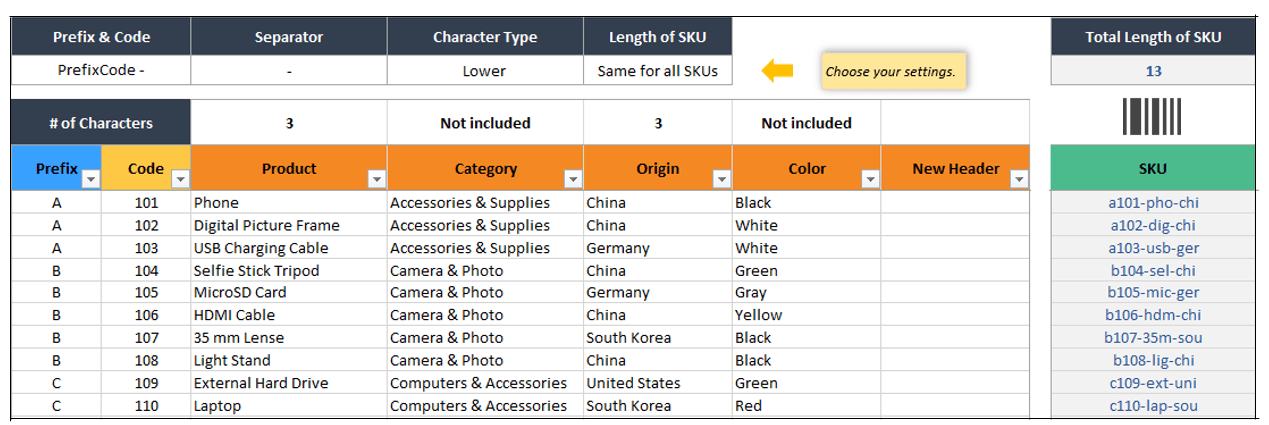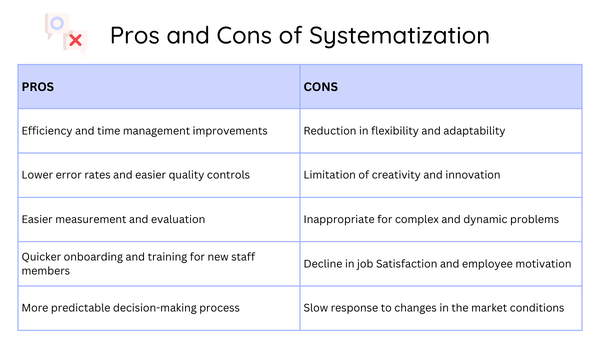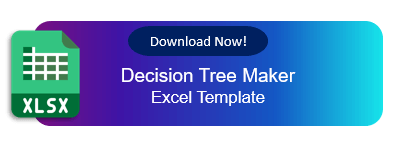
Business Systematization: Do you know the trade-offs?
This article will discuss systematization, or the organization of business processes with pros and cons. We’ll try to explore the business systematization trade-offs.
Is systematization truly as important as it seems? What trade-off does business systematization and automation entail? Does it have pros and cons? We’ll try to answer these questions in the following sections.
Table Of Content
1. What’s Systematization Trade-off?
2. Examples for Systematization Tradeoffs
3. Pros of Systematization
4. Cons of Systematization
5. Summary
1. What’s Systematization Trade-off?
The Systematization tradeoff can be defined as the burdens or costs of systematizing our business processes. As you know, steps taken in companies for systematization will, in some way, reduce the flexibility in corporate processes, and this will be the systematization trade-off.
Systematization is a highly popular concept these days because it allows faster and more automated processes. This idea involves the use of SKUs, ERP systems, simplifying processes, defining steps in our operations, employing flow conditions, using Gantt charts, and many more technical and structural advancements. There is a price for this, though.

These systemization procedures are currently portrayed as actions that any business should take without any drawbacks. But the corresponding loss of flexibility is rarely mentioned. If this were such an easy and universally required step, every business would take it. Thus, why do they not? We should discuss more on this.
For businesses, reducing flexibility is a strategic choice. There are situations when the benefits of systematization may not balance the drawbacks of less flexibility. In these situations, there is a negative trade-off, so it might not be the best course of action for us.
2. Examples for Systematization Trade-offs
In order to clarify this trade-off, let us examine a few particular instances.
Example 1: Tradeoff of Using SKUs
Stock Keeping Units, or SKUs, are special codes that are linked to each of our products.
– This is a sample screenshot from SKU Number Generator by Someka –
On the other hand, it is worth considering how sensible it is to assign such unique codes to all of our sales units, products, and categories, or to use extensive and complex unique codes, if we are a service company or we have only few products. This will somewhat limit our adaptability.
Example 2: Tradeoffs of using ERP Systems
Using sophisticated ERP systems like Oracle, SAP, or Salesforce is another example of opportunity costs. These sound fantastic on paper, but making the switch isn’t always that easy. For instance, Excel templates are still widely used by businesses. This is because it’s within their comfort zone and easier to manage. So most businesses prefer to use Excel files rather than taking the burden of switching to an ERP or CRM system.
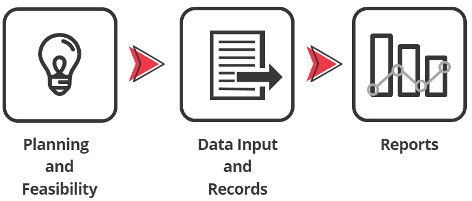
At the end of the day, our company is managed by people, and we cannot ignore the processes that our employees are accustomed to. If we are a team of 10 people, all used to a certain system, undertaking a large ERP integration may not be beneficial in terms of cost and time. This also needs to be considered.
In fact, systematization—that is, the organization of processes—will benefit many businesses to some extent even though these factors are significant. Considering the current state of artificial intelligence and technology, adopting some degree of systematization seems almost inevitable.
Now, let’s examine this strategy’s benefits and drawbacks in more detail.
3. Pros of Systematization
So, we will go over the benefits of adopting more standardized and organized procedures in five points. Below table summarizes the benefits and disadvantages in terms of systematization trade-offs.
Pro 1: Efficiency and Time Management Improvements
Our efficiency and time management will increase as we adopt more standardized methods and shift to programmatic and software standardization.
Pro 2: Lower Error Rates and Easier Quality Controls
Our error rates will go down if we use more software solutions in our processes.

ERP systems, for instance, limit to some extent but also lessen the possibility of errors and incorrect item references, which lowers the tendency for errors. As a result, our processes go through more stages without errors.
Pro 3: Easier Measurement and Evaluation
It’s critical for businesses to evaluate their operations by comparing them to prior quarters, years, or goals. But we must ensure that the comparisons we are making are appropriate.

Standardized procedures guarantee that the comparisons we make are accurate, avoiding scenarios in which we could find ourselves comparing apples to oranges, which would complicate the analysis of any improvement. This is an additional advantage of systematization.
Pro 4: Quicker Onboarding and Training of New Staff Members
The more standardized processes we use in our companies, the more specific and standard the onboarding process becomes for new arrivals. This reduces the need for manual interventions and significantly decreases the time and effort spent on training new employees.
Pro 5: More Consistent and Predictable Decision-making Process
Our company’s standardized procedures enable us to forecast with greater consistency and accuracy. This makes it easier for us to predict the future, which in return improves the decision-making process.

4. Cons of Systematization
Now let’s discuss the disadvantages and aspects to be cautious regarding systematization and standardization.
Con 1: Reduction in Flexibility and Adaptability
Here, we are addressing one of the most significant negative aspects. Processes in your company that could progress much faster might slow down due to the rules and standardizations imposed by systematization. This can even lead to excessive bureaucracy. Therefore, you should consider the potential slowdown in your company’s processes due to standardization.
This is among the most important ones in systematization trade-offs.
For example, in your company, there is a specific process to follow when entering a new order. Suppose you enter the product code into your ERP system and create an order record, followed by a purchase order. Typically, you may get a big phone order that needs to be filled right away. But, you risk losing the sale if you ask the customer to wait while you enter these into the system, or if you move it to a weekday because it’s the weekend. It’s critical to be ready for these kinds of situations.
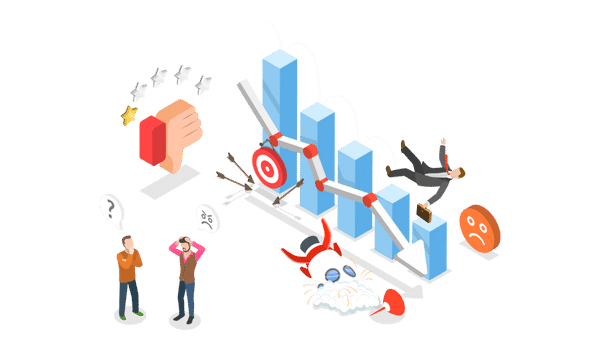
What safeguards can you put in place?
In the process of standardizing and systematizing your business, pay close attention to two important factors:
- Decide on the level of systemization suitable for your business
Avoid over-systematizing. Restrict it to a manageable level.
For example, if your have 100 products in your portfolio, avoid using excessively complicated 10-digit codes as SKU numbers. Or, avoid attempting to set up an excessively complicated CRM tool if you’re only managing 50 clients. Rather, choose methods that are methodical without drastically sacrificing flexibility.
- Leave room for flexibility to adapt to changing situations
Even if your processes require systematizing orders in your ERP system, sometimes you should be able to handle them manually, and your company processes should allow this. Don’t overlook or ignore this; such flexibility can sometimes be necessary.
Con 2: Limitation of Creativity and Innovation
Innovation within your system will be hampered if your business has a set standard procedure that doesn’t change over time and hasn’t been systematized to accommodate such adjustments.

Take into account, for instance, your current customer registration procedure or order tracking system. These may have certain shortcomings, and your determination to keep them that way might cause you to overlook opportunities for development. It is advantageous to allow for these enhancements.
You should design systems within your company that can be improved in order to create an action plan. Be sure to account for future updates, improvements, and developments when setting up such a system. The drawback is that although it takes a lot of work at first, it ultimately relieves you of a lot of burdens.
Con 3: One-size-fits-all solutions are inappropriate for complex and dynamic problems
Certain processes have inherent complexity and may call for labor-intensive manual input at specific points in time. It can be very difficult and time-consuming to try to systematize all these intricate processes.
You may want to think about excluding some processes to prevent against systematization trade-offs.
It’s critical to identify in your action plan which aspects of your system can be readily systematized and which ones need human intervention.
Con 4: Decline in Job Satisfaction and Employee Motivation
A strong emphasis on methodical approaches may make employees feel as though they aren’t making a valuable contribution in some organizations.
Employees shouldn’t have a robot mentality. Therefore, it’s advantageous to have manual improvement areas where staff members can participate if you have a lot of standardized processes.

Con 5: Slow Response to Changes in Market and Customer Conditions
Even though you have a great system in place, both the market and your business plan will change in the future. That’s why, you may have to start the system over from scratch if it isn’t flexible enough to accommodate this evolution, which will cost you a lot of time and effort.
So as previously stated, it is very important that you take into account both the present conditions and the future expections when designing your system.
5. Summary fo Systematization Trade-offs
In summary, systematization is a popular topic and highly recommended. Although we acknowledge its significance, it’s critical to keep in mind that there are also systematization trade-offs. If it were easy, everyone would follow through.
As a result, decide on the level of systematization and standardization to apply in your organization rather than skipping it. So, keep in mind the disadvantages mentioned above and create a structure considering these, along with action plans tailored to your needs.
Recommended Readings:
Why do we need KPIs? – Best Practices for KPI Dashboards
Standard Work Essentials: Optimizing Your Business Operations and Lean Manufacturing
Overview of Risk Assessment Process: Importance, Steps, and Framework
